|
Driving the truck across the bed of the ancestral Thames in Essex is like being in a different world in a different time. I feel nearly neolithic apart from my hard hat, florescent PPE gear and encapsulated in a metal box with four knobbly rubber tires. I have a grin on my face from ear to ear. I made this happen and I am loving every minute of it. I failed yet again in my plight for Arts Council funding to help me with this project but I am going to continue self-funded (and with kind support from Hanson Aggregates) drawing from the riches that the Ice Age has left behind, to inspire art that will reveal deep-time hidden stories of geological rock and geographical human migration - the journey has begun. How it all beganDuring Covid-19 lockdown my sculpture classes abruptly stopped but this gave me the opportunity to apply for public art commissions, something I had never done before as I was unable to commit the time to. I was shortlisted for the Emily Williamson Statue Campaign (founder of the RSPB) and The Channels Estate public art project. Unfortunately, I didn't get either commission. This is one of the painful and regular realities of being an artist, a bit like an actor, so near yet so far. The Channels Estate art project was to create a public sculpture, through community consultation, based around the theme of geology and the Ice Age. The houses there have been built on the grounds of a former gravel pit which extracted gravels and sands for the building trade. The site, in Essex is situated in the London Basin and the path of the Ancestral Thames where clay, sand, gravel and rocks were deposited. During the last ice age, the Anglian glacier blocked the route of the Ancestral Thames redirecting it to were it flows today (did you know that?) My research for this particular project took me to the site and to the collection of rare boulders in the grounds of Channels Restaurant. These boulders were excavated from the old gravel quarry and kept by the owners who are still there today. These huge rocks are known as Hertfordshire Puddingstone, they look like lumps of concrete but are actually naturally occurring conglomerates. Historically Puddingstone has been used as building material (as seen in our village church), in Roman querns to grind corn and as a protective charm against witchcraft. This rich history makes for a fascinating art project and is not commonly known.
As I mentioned, I didn't get the Channels art commission. After a despondent few months, I decided not to waste the research. I needed to find out more about this white conglomerate. And so this idea of the Forces of Migration began to evolve. This is my proposal: A site-responsive residency at Bulls Lodge Quarry Chelmsford, on the bed of the ancestral Thames, paralleling the forces of geological rock migration with geographical human migration of the site, linking the rare erratic Puddingstone conglomerate found there with ideas of human congregation. Including research, development, experimentation, Community Engagement. Quarry residency, exploring local geological and archaeological deposits to create sculptures that explore the forces of migration. Creation of a live community sculpture using natural materials. Linking the stories of rocks and human journeys, through 'deep time' geology and a comparatively fleeting cultural time in the Anthropocene. Collaboration with academics and scientists to develop knowledge of materials, migration and settlement. A body of work will be created to share knowledge of materials and techniques with others. To inform and share stories of ancestral Thames and ice age with the local community and wider public through exhibitions and workshops. Now I just want to get on and explore, connect with the landscape, imagine it's past to inform the future. History of the siteThe site is a former Royal Airforce station. Opened in 1944, it was used by the United States Army Air Forces. During the war it was used primarily as bomber and a troop transport airfield for paratroopers. After the war it was closed in late 1945. With the facility released from military control, in 1946, the West Essex Car Club developed the 4.76 kilometre perimeter track for motor racing. Boreham Circuit hosted competitive races between 1949 and 1952. Among the drivers who raced there was Stirling Moss. In 1955 the Ford Motor Company bought the airfield to use as a test facility for trucks. In the late 1970s Boreham Proving Ground was the test site for Ford Heavy Truck Development. In July 1990, the Essex Police Air Support Unit began operating their Aérospatiale Twin Squirrel from the airfield, and in 1992 a hangar to house this helicopter was constructed beside the control tower, both buildings of which still remain at the moment. During the 1990s the airfield began to be dismantled for aggregate. Essex & Herts Air Ambulance was based here from its launch in 1998, when it only served Essex, until 2011. In 2008 Hertfordshire was added to the service. Essex Police operated a police helicopter from here between 1989 - 2012 when it was taken over by the National Police Air Service who continued to operate until 31 August 2018. (reference: https://en.wikipedia.org/wiki/RAF_Boreham ) Hanson Aggregates now occupy the site and kindly supporting me in my quest to share the past and connect with the present through the visual language of sculpture. My next post will be sharing with you the rich source of materials, including Hertfordshire puddingstone, I have at my disposal to get creative with. Hope you will follow me in my quarry journey.
0 Comments
Your comment will be posted after it is approved.
Leave a Reply. |
AuthorSculptor seeking answers from deep time Archives
August 2023
Categories |
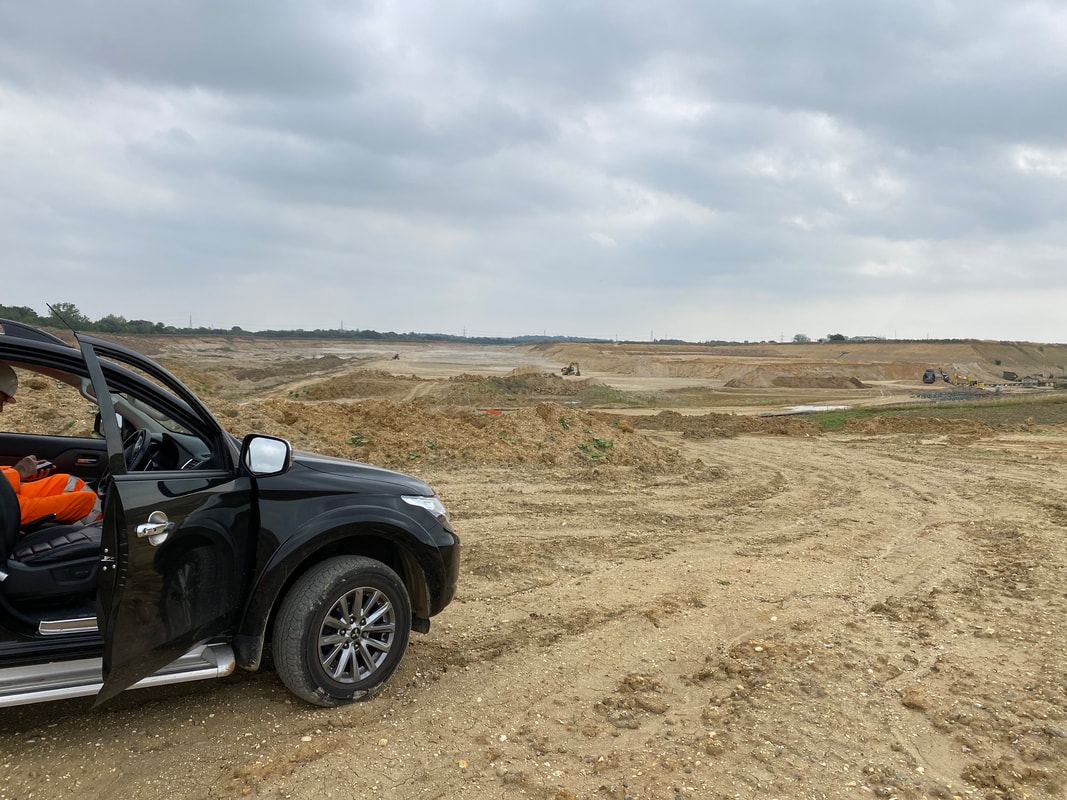
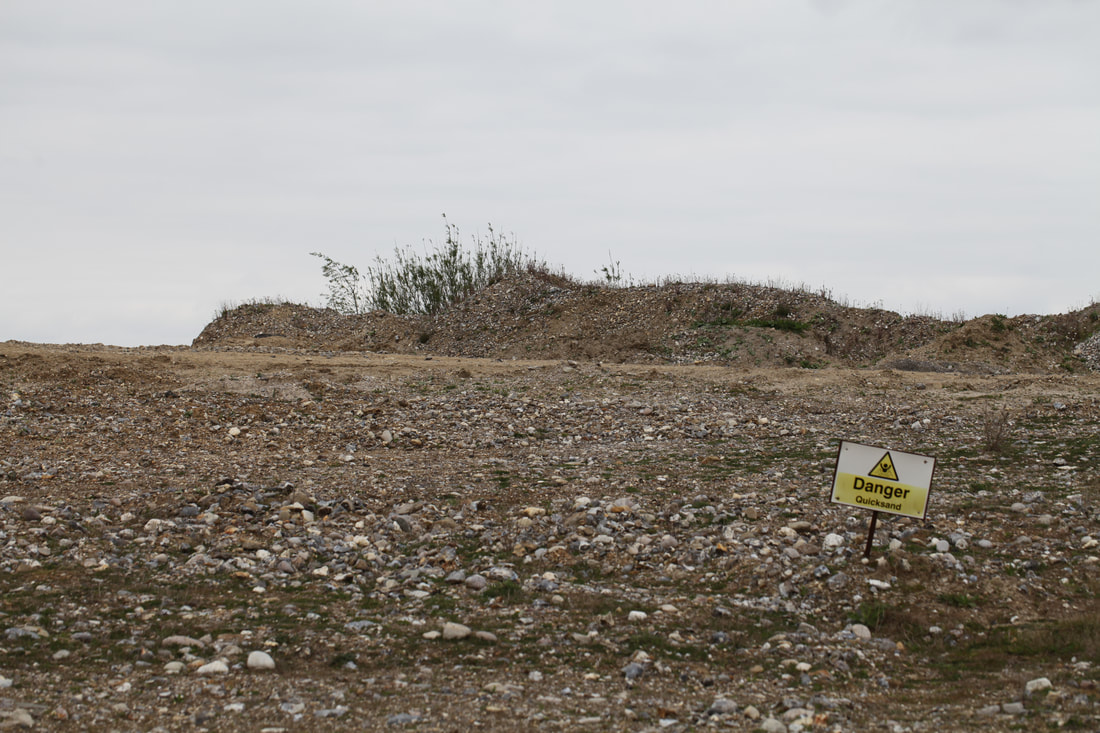
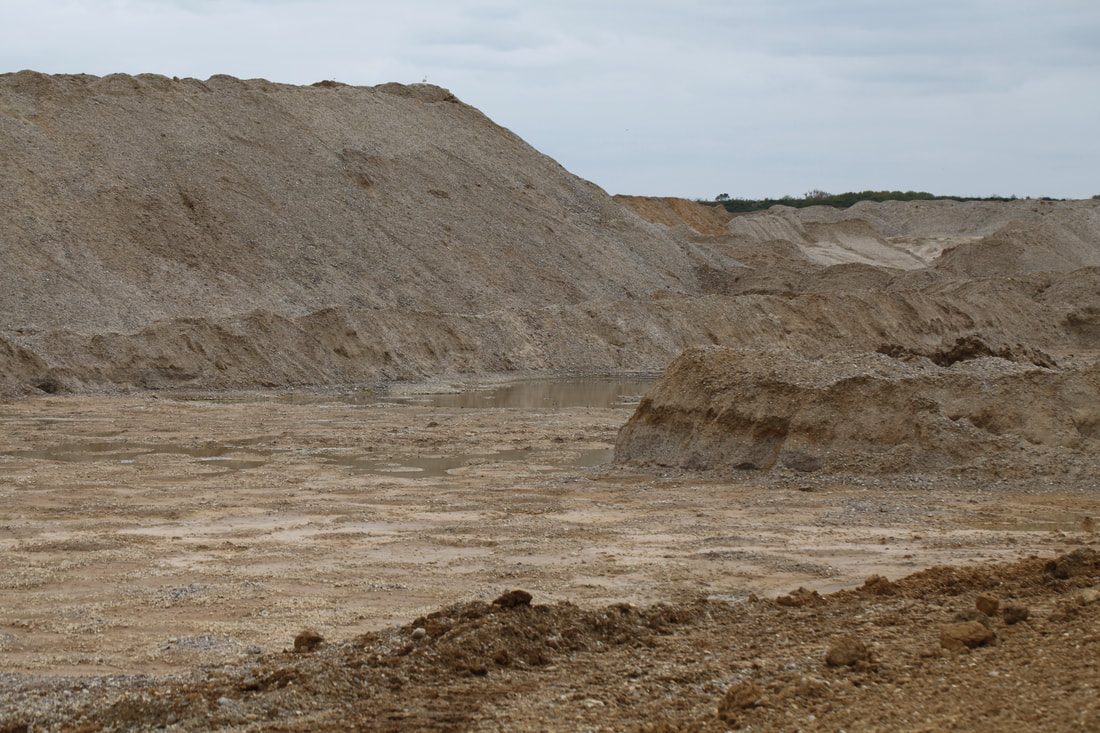
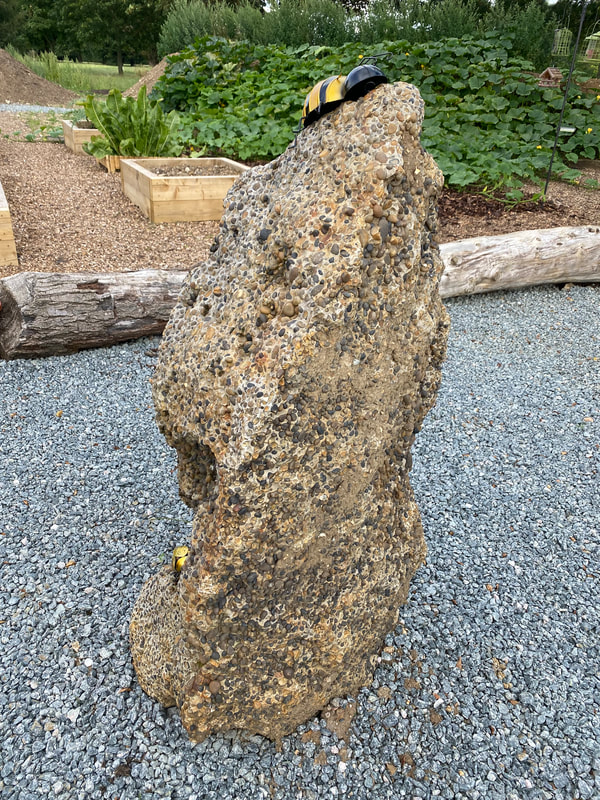
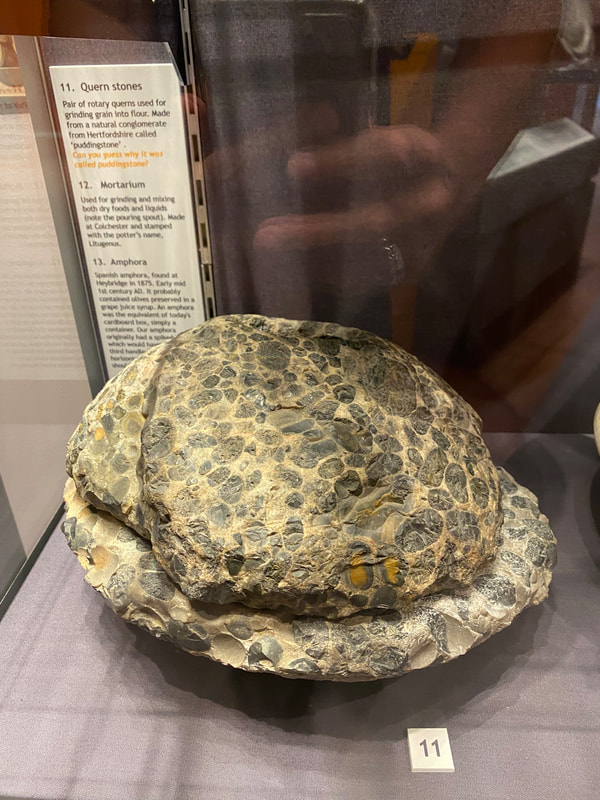
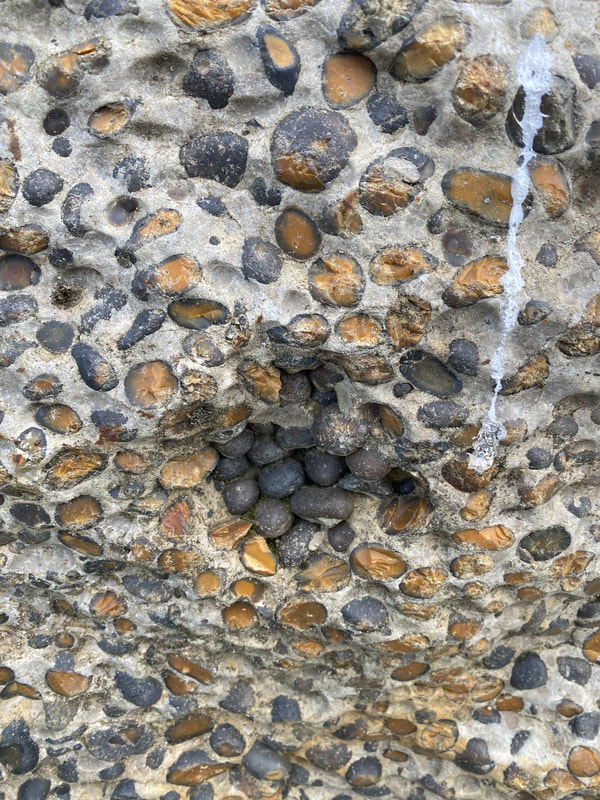
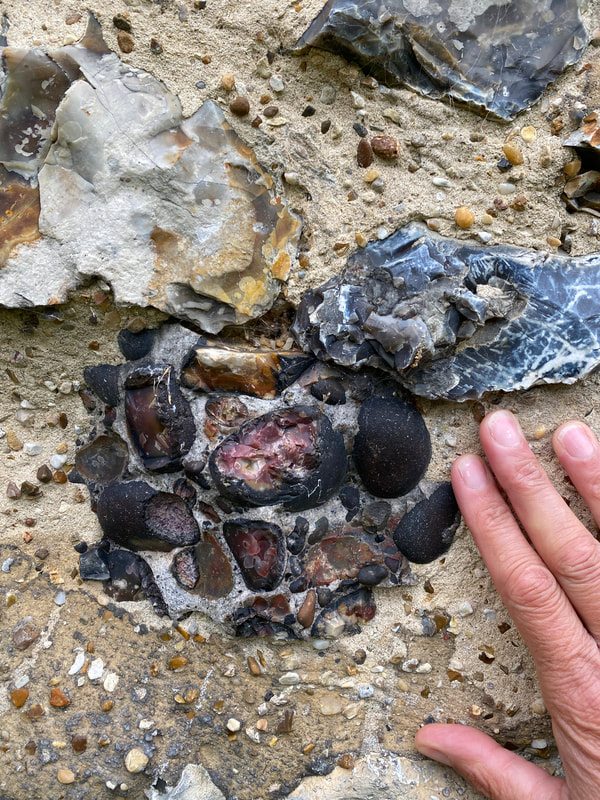
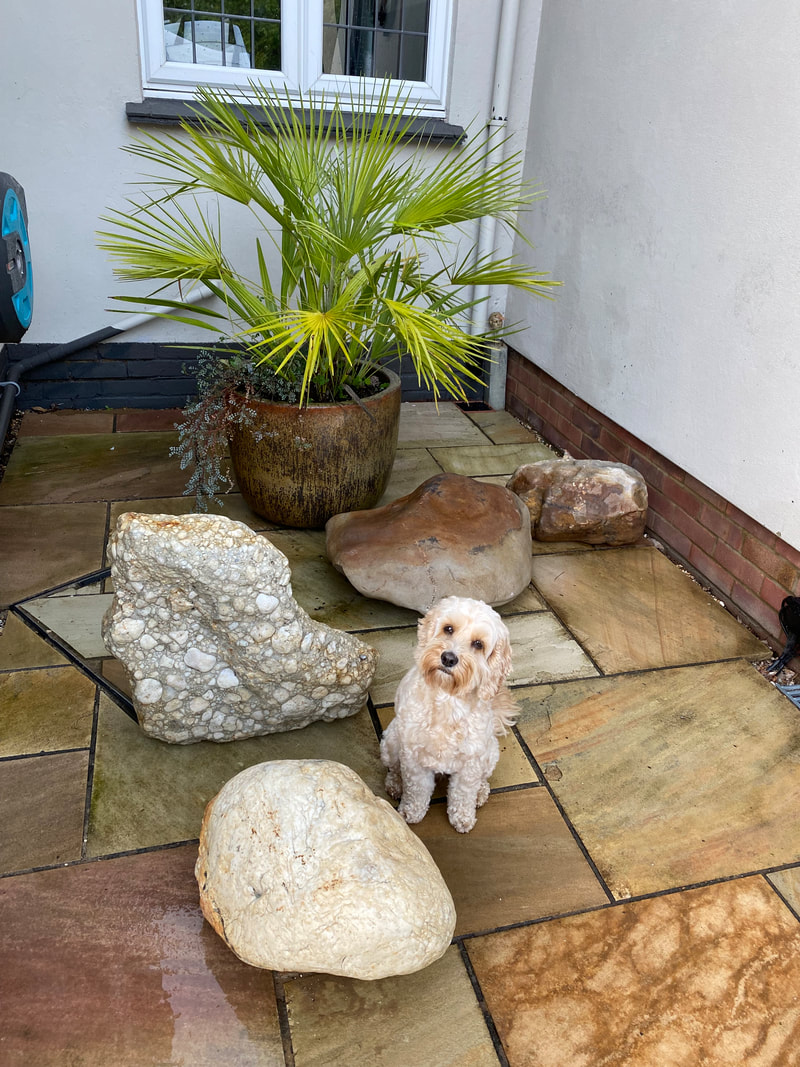
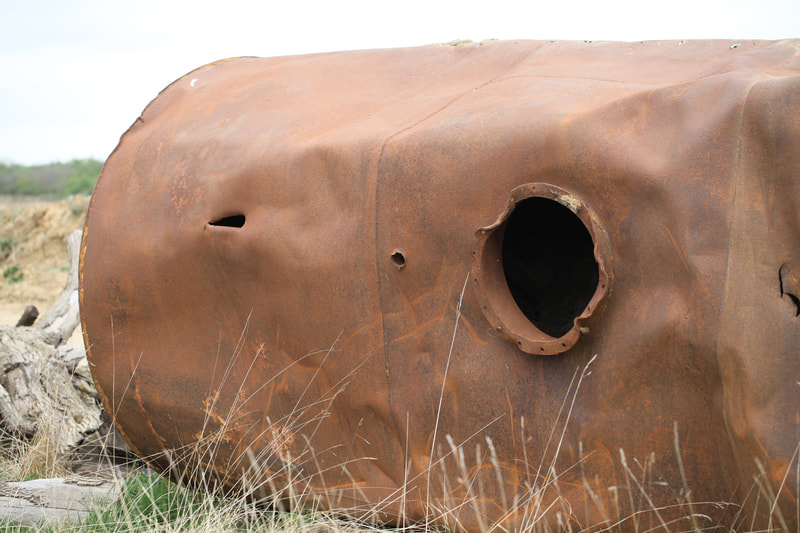
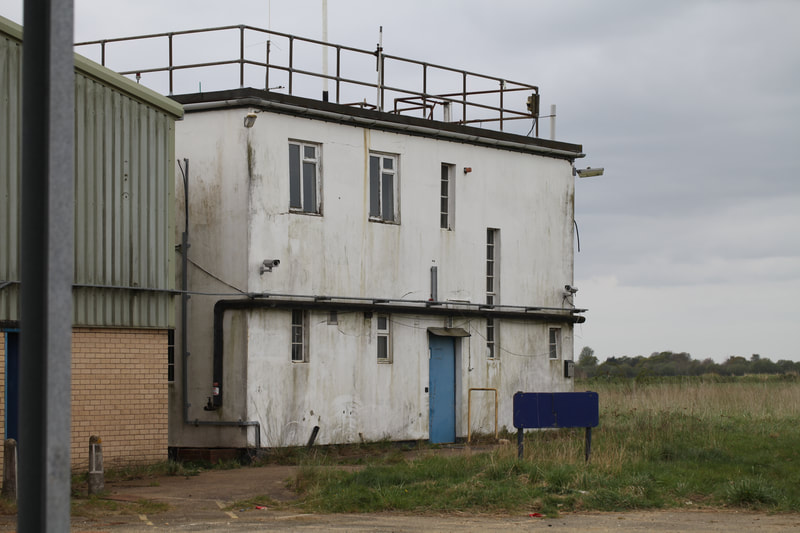
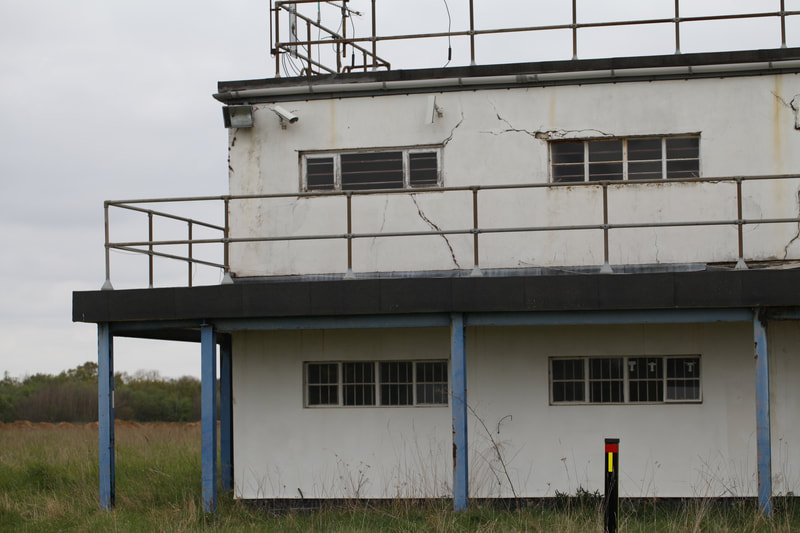
 RSS Feed
RSS Feed